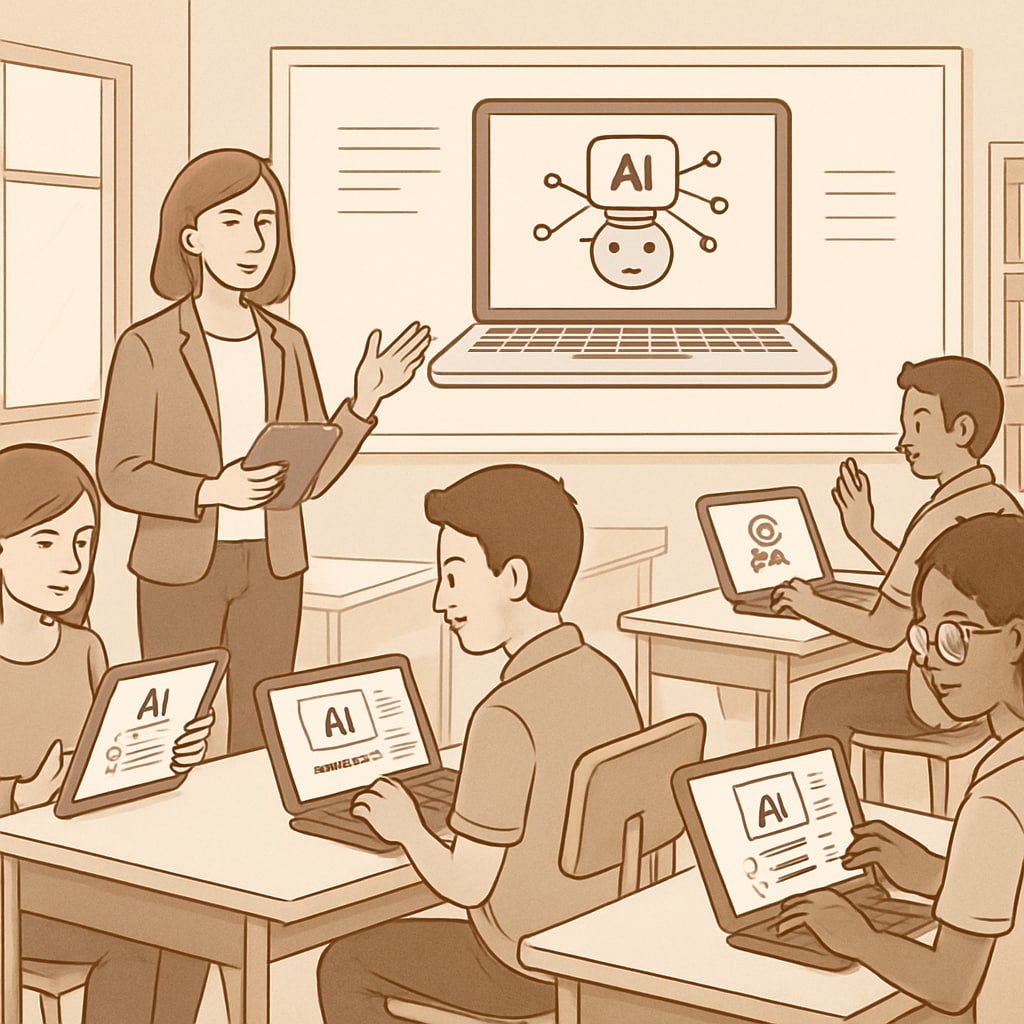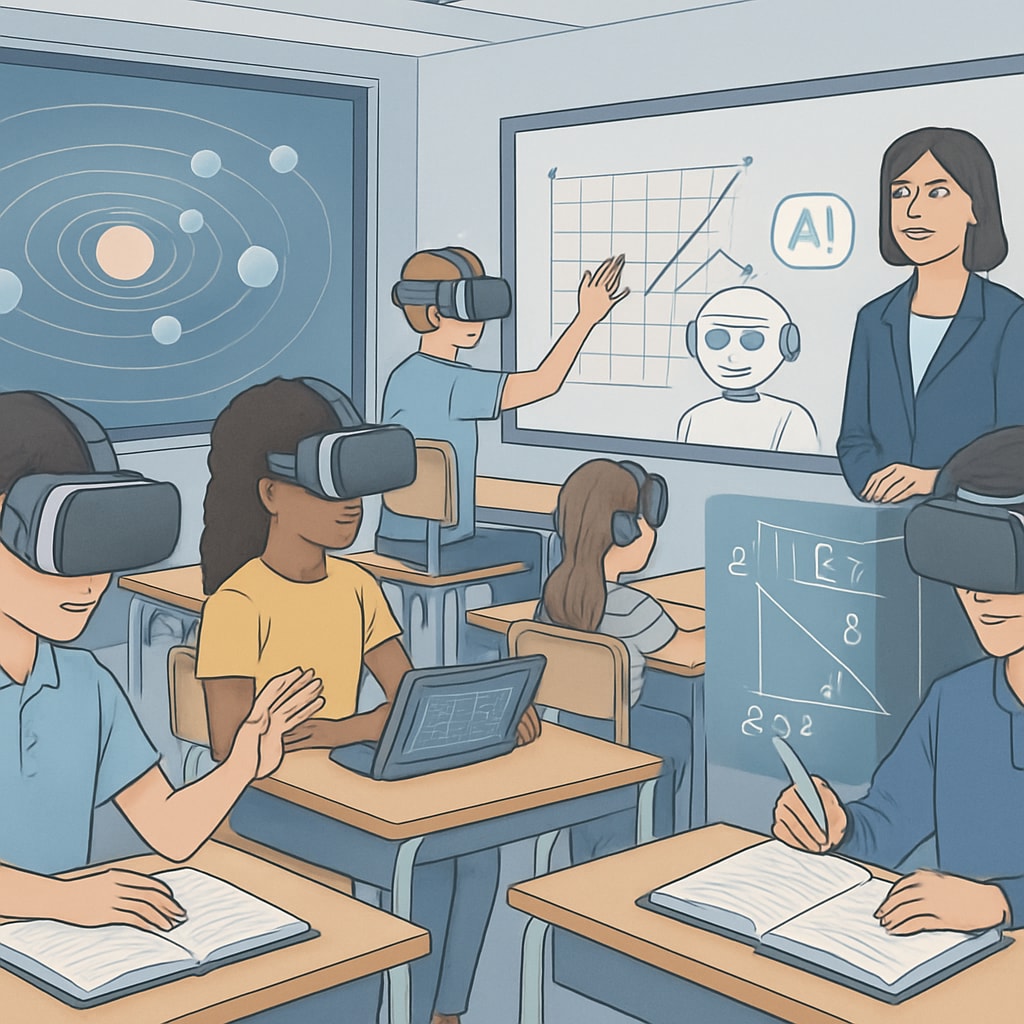The integration of artificial intelligence (AI) in education is revolutionizing the way students learn and teachers teach. K12 education, in particular, is at the forefront of this transformation. With AI-driven tools and platforms, educators are personalizing learning pathways, automating administrative tasks, and creating interactive experiences that were once unimaginable. This article delves into the current trends in AI-powered education, explores its applications, and envisions the dynamic future of K12 classrooms by 2030.
How AI is Transforming K12 Education Today
Artificial intelligence is already making significant strides in reshaping K12 education. From personalized learning algorithms to intelligent tutoring systems, AI is addressing diverse student needs and learning styles. For example, platforms like Carnegie Learning and DreamBox adapt to individual student performance, providing tailored content to maximize engagement and understanding.
AI also plays a critical role in automating repetitive tasks for teachers. Grading assignments, analyzing student progress, and even creating lesson plans are now faster and more efficient. As a result, educators can dedicate more time to fostering creativity and critical thinking in the classroom.

The Benefits of AI Integration in K12 Classrooms
The use of AI in K12 education offers numerous benefits, including:
- Personalized Learning: AI-driven platforms analyze student data to create customized learning experiences, improving knowledge retention and engagement.
- Enhanced Accessibility: AI tools provide solutions for students with special needs, such as speech-to-text, text-to-speech, and real-time language translation.
- Data-Driven Insights: Advanced analytics help educators identify areas where students struggle, enabling timely intervention.
- Global Classrooms: Virtual AI classrooms connect students from different parts of the world, fostering cultural exchange and collaboration.
These advancements not only enhance the learning experience but also prepare students for a digitally-driven future.
AI Classroom 2030: A Vision for the Future
By 2030, the integration of AI in K12 education is expected to reach new heights. Here’s what the future might look like:
- Fully Immersive Learning Environments: AI-powered virtual and augmented reality tools will create lifelike simulations for subjects like science, history, and geography.
- AI Mentors: Students will have access to AI mentors capable of offering real-time feedback, answering questions, and guiding research projects.
- Seamless Integration of Smart Devices: Classrooms will utilize interconnected devices to streamline learning and ensure a cohesive educational experience.
- Ethical AI Education: Emphasis on teaching students about AI ethics, data privacy, and responsible technology use will become a cornerstone of the curriculum.
While challenges such as data privacy, teacher training, and equitable access remain, the potential for AI to transform education is boundless.

In conclusion, artificial intelligence is not just a tool for education—it is a transformative force. The trends we see today are only the beginning of a broader revolution. By 2030, classrooms will look vastly different, with AI creating opportunities for personalized, immersive, and inclusive education. This shift will not only redefine how students learn but will also empower the next generation to thrive in a rapidly changing world.
Readability guidance: This article maintains a balance of short and medium-length sentences, uses transitional phrases for clarity, and minimizes passive voice. It includes lists to break down complex ideas and ensures accessibility for a broad audience.


